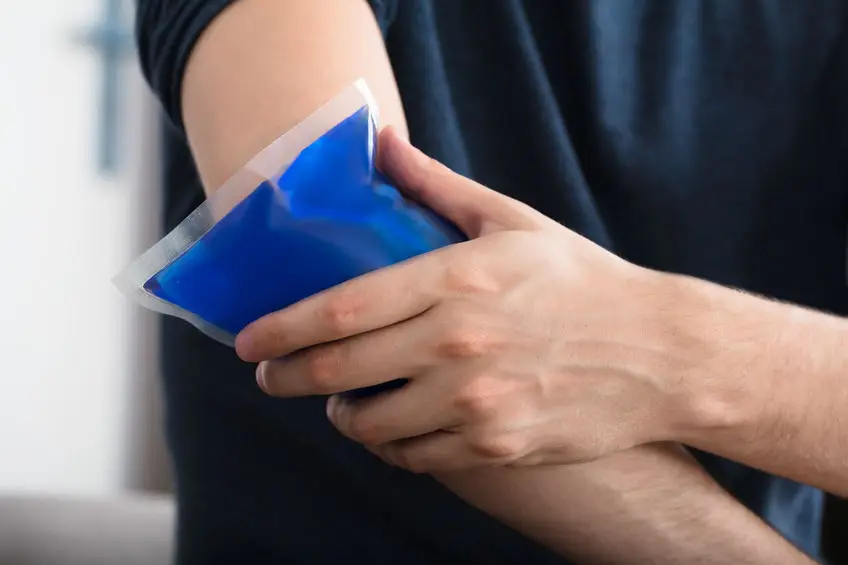
That is the question... or at least the question I get from patients after injuries occur. People are often confused about ice and heat and when to use each. I always say ice is good for everything… except for treating frostbite!!
If you’re treating an injury within the first 48 hours, ice is usually best – especially with inflammation of tendons or ligaments (strains/sprains). After 48 hours, heat can be applied.
Cold therapy can also be helpful in treating chronic pain and some injuries that have occurred due to overuse. For example, someone who has chronic knee pain that increases after running may want to ice the injured area after each run to reduce or prevent inflammation. It's not helpful to ice a chronic injury before exercise. The reason for ice rather than heat is because most pain is caused by an inflammatory process and heat will only increase that. Think of it this way, in the middle of the word inflammation is “flame” – if you put heat on a flame, it will increase the flame.
The purpose of the ice is to reduce swelling and provide minor pain relief by numbing local tissue. Ice also slows down neurological impulses in the area, forcing nerves to transmit less pain messages to the brain. Ice will trigger a reflex response to the lower temperature, causing the body to increase circulation. This brings oxygen and nutrients to the area and helps to remove waste products that cause pain from the muscles.
How to apply ice varies based on the area of concern, such as size or thickness of the area where ice is to be applied. The best way to ice an injury is with a high quality ice pack that conforms to the body part being iced. You can also get good results from a bag of frozen peas, an ice massage with water frozen in a paper cup (peel the cup down as the ice melts) or a bag of ice. If too cold, wrap it in a thin, wet tea towel – a damp towel will conduct the cold better. Apply ice for up to 20 minutes at a time but no longer because it could have the opposite effect that you want. Wait for the iced area to reach body temperature again and then reapply (approx. every hour). You may go through four stages of sensation, the acronym is (CBAN): Cold, Burning, Achy and Numbness. The numb state is when it is most therapeutic.
Heat is generally used for chronic injuries or injuries that have no inflammation or swelling. Sore, stiff, nagging muscle or joint pain is ideal for the use of heat therapy. In cases of chronic pain or injuries use heat therapy before exercise to increase the elasticity of joint connective tissues and to stimulate blood flow. Heat can also help relax tight muscles or muscle spasms. Don't apply heat after exercise. After a workout, ice is the better choice on a chronic injury.
Because heat increases circulation and raises skin temperature, you should not apply heat to acute injuries or injuries that show signs of inflammation, for example: swelling, heat, redness, pain or loss of function. Moist heat is best, so you could try using a hot wet towel. You can buy special athletic hot packs or heating pads if you use heat often. Never leave heating pads on for more than 20 minutes at a time or while sleeping.
If you’re still in doubt about whether to heat or not to heat, I’d be happy to clarify.
Send us your question to omwc@omwc.ca
